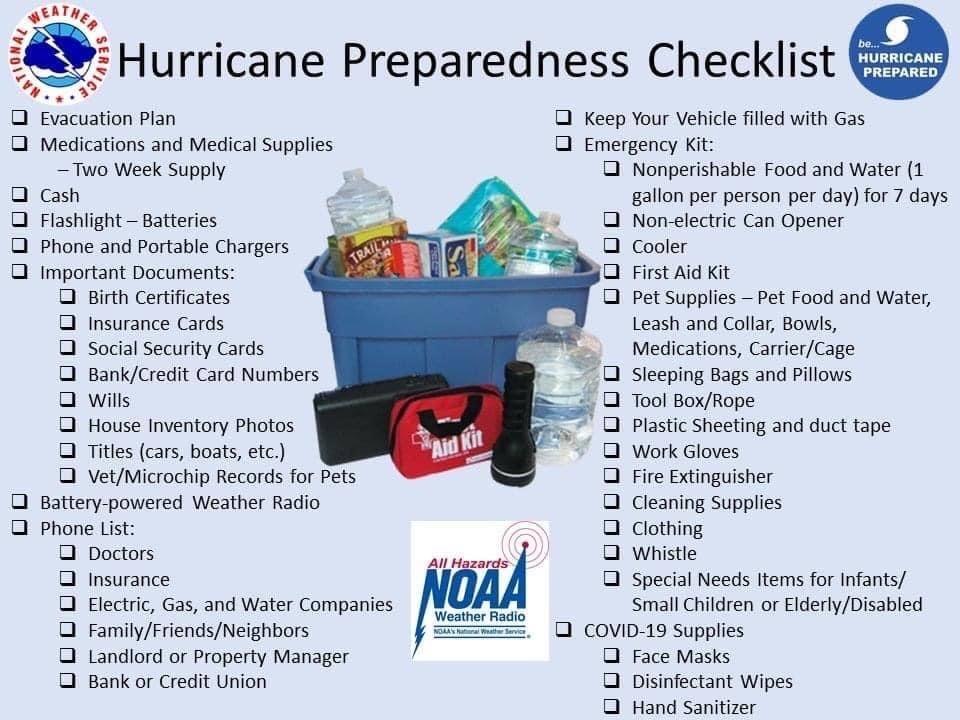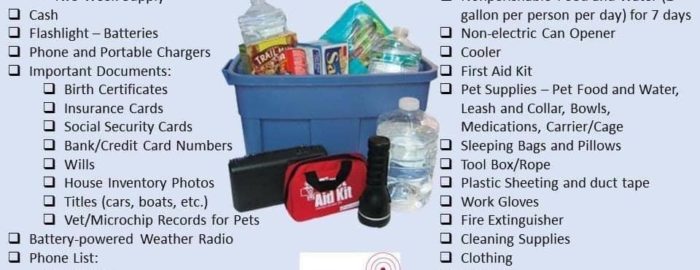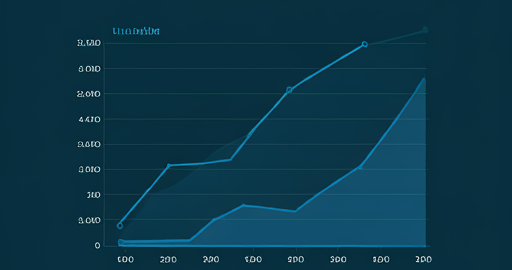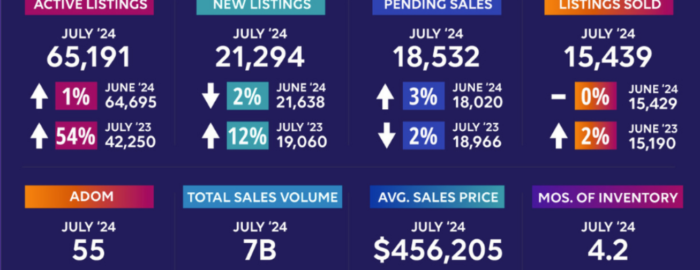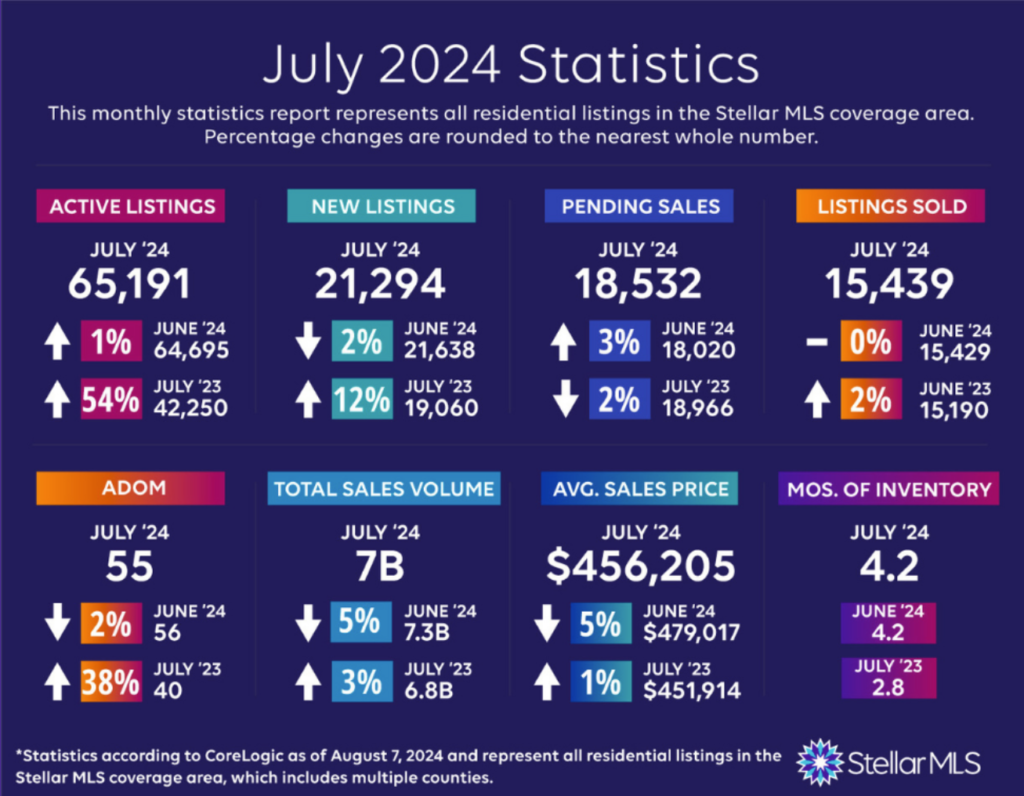Buying a home is one of the biggest financial decisions you’ll make, and securing the right mortgage is a crucial step in that process. Whether you’re a first-time homebuyer or looking to refinance, understanding how mortgages work and the steps to get pre-approved can save you time, money, and stress.
In this step-by-step guide, we’ll walk you through everything you need to know about securing a mortgage in 2024. From pre-approval to closing, we’ll cover each stage of the mortgage process and give you tips for making the process as smooth and efficient as possible.
Step 1: Understand What a Mortgage Is and How It Works
A mortgage is a loan used to purchase a home. In exchange for lending you the money to buy the property, the lender places a lien on the home, which means they have the right to take ownership of it if you fail to make payments.
There are several types of mortgages, but the most common are:
- Fixed-Rate Mortgages: The interest rate remains the same throughout the life of the loan, which means your monthly payments won’t change.
- Adjustable-Rate Mortgages (ARMs): The interest rate changes after an initial fixed period, usually 5, 7, or 10 years, which could lead to lower payments initially but higher payments in the future.
- FHA Loans: A government-backed loan designed for first-time homebuyers or those with less-than-perfect credit, often requiring a lower down payment.
- VA Loans: Available to veterans and active-duty military personnel, offering no down payment and competitive interest rates.
Pro Tip: Understand which type of mortgage is best for your financial situation before moving forward. Fixed-rate loans provide stability, while ARMs may offer lower rates initially, but with more risk over time.
Step 2: Check Your Credit Score and Financial Health
Your credit score plays a significant role in determining the interest rate you’ll receive. A higher score often means a better interest rate, which can save you thousands of dollars over the life of your loan.
Steps to Check Your Financial Health:
- Obtain Your Credit Report: Request a free credit report from the three major bureaus (Experian, TransUnion, and Equifax). You can get one free report every year at AnnualCreditReport.com.
- Review Your Credit Score: A score of 700 or higher is typically considered good, but you may still qualify for a mortgage with a lower score, depending on the type of loan.
- Assess Your Debt-to-Income Ratio (DTI): Lenders will also look at your DTI, which is the percentage of your income that goes toward paying off debt. Most lenders prefer a DTI of 43% or lower.
Tip: Pay down high-interest debts like credit cards before applying for a mortgage to improve your credit score and DTI.
Step 3: Determine How Much You Can Afford to Borrow
Before applying for a mortgage, it’s essential to determine how much house you can afford. This will depend on your income, existing debts, down payment savings, and credit score.
Key Factors to Consider:
- Down Payment: The larger your down payment, the less you’ll need to borrow. Traditionally, 20% is recommended to avoid private mortgage insurance (PMI), but many buyers opt for lower down payments, especially with FHA loans.
- Monthly Payment: Your monthly mortgage payment should ideally not exceed 28-30% of your gross monthly income.
- Other Expenses: Don’t forget to budget for property taxes, homeowner’s insurance, maintenance, and utilities.
Pro Tip: Use an online mortgage calculator to get an estimate of your potential monthly payments based on your loan amount, interest rate, and down payment.
Step 4: Get Pre-Approved for a Mortgage
Getting pre-approved for a mortgage is one of the most important steps in the home-buying process. It shows sellers that you’re a serious buyer and gives you a clear idea of how much you can afford.
What’s Involved in Getting Pre-Approved:
- Submit Financial Documents: Lenders will ask for proof of income (e.g., pay stubs or tax returns), proof of assets (bank statements), and details about any current debts.
- Credit Check: The lender will conduct a hard inquiry into your credit score to assess your financial history and current debt load.
- Pre-Approval Letter: If everything checks out, the lender will provide a pre-approval letter stating how much they are willing to lend you. This letter is often required when submitting an offer on a home.
Tip: Pre-approval is different from pre-qualification. Pre-qualification is based on self-reported information, while pre-approval involves a more thorough review of your financial situation.
Step 5: Shop Around for Mortgage Lenders
Once you have a pre-approval letter, it’s time to start shopping for lenders. Interest rates can vary significantly from one lender to another, so it’s essential to compare options to find the best deal.
How to Compare Mortgage Lenders:
- Compare Interest Rates and Fees: Look at the interest rate, but also consider other fees such as origination fees, underwriting fees, and closing costs.
- Ask About Loan Terms: Make sure the loan term (e.g., 15, 20, or 30 years) aligns with your goals, and inquire about any special programs for first-time buyers or lower down payments.
- Customer Service: Choose a lender with good customer reviews and a track record of communication. The mortgage process can take months, and you want a lender who will be responsive and helpful throughout.
Pro Tip: Get quotes from at least three lenders to ensure you’re getting the best possible deal. Don’t just settle for the first offer you receive.
Step 6: Lock in Your Mortgage Rate
Once you’ve selected a lender and the loan terms are finalized, you’ll have the option to lock in your interest rate. Locking in your rate ensures that it won’t change before you close on your home, even if market conditions fluctuate.
How to Decide When to Lock:
- Lock When Rates Are Favorable: If interest rates are low or stable, locking in early can save you money over the life of the loan.
- Consider Market Trends: If you believe rates will go lower, you might choose to wait, but this comes with the risk that rates could increase before you close.
Tip: Some lenders offer a rate float-down option, which allows you to lower your rate if it drops during the process. Ask your lender about this option.
Step 7: Complete the Underwriting Process
Underwriting is the process where the lender reviews your application, financial documents, and property details to ensure you qualify for the loan. This can take anywhere from a few days to a few weeks.
What Happens During Underwriting:
- Document Verification: The underwriter will double-check all your financial documents to ensure everything is accurate.
- Appraisal: The lender will require an independent appraisal of the property to ensure its value matches the loan amount.
- Approval or Denial: If all goes well, the underwriter will approve your loan. If there are any issues, they may request additional documentation or clarification.
Tip: Be responsive to any requests from your lender during underwriting to avoid delays in the process.
Step 8: Close on Your Mortgage and Move In
Once your loan is approved, it’s time to close. This is the final step in the process, where you’ll sign the mortgage agreement, finalize the loan terms, and officially become a homeowner.
What Happens at Closing:
- Review the Closing Disclosure: This document outlines your loan details, including the interest rate, monthly payment, and closing costs. Make sure everything matches what you’ve agreed to.
- Sign Documents: You’ll sign the mortgage agreement, promissory note, and other closing documents.
- Pay Closing Costs: You’ll need to pay any closing costs, which can range from 2-5% of the loan amount.
- Get the Keys: After everything is signed and finalized, you’ll receive the keys to your new home!
Tip: Before the closing day, review all documents carefully and ask your lender about any fees or terms you don’t understand.
Conclusion: Navigating the Mortgage Process in 2024
Securing a mortgage in 2024 might seem overwhelming, but with the right preparation and knowledge, you can navigate the process confidently. By following these steps—from understanding mortgage options to locking in a rate and closing the deal—you’ll be well on your way to homeownership.
Remember, every step matters, so take your time, ask questions, and choose a lender who can guide you through the process. We have some great lender partners, feel free to connect with us for a referral today 727-851-6189
